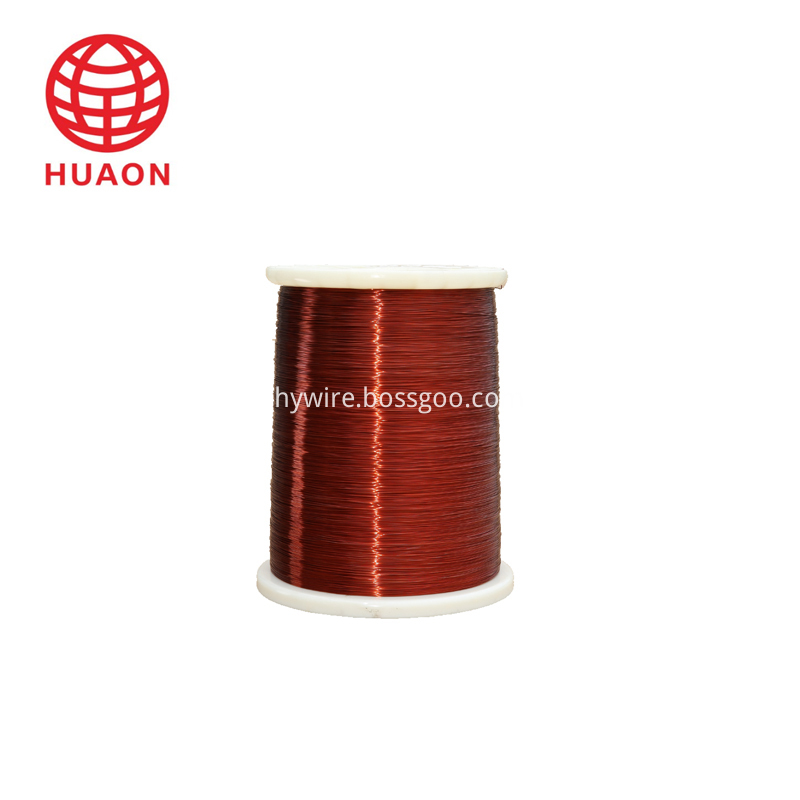As a traditional financial institution, banks are the most active pathfinder in the blockchain field. In recent years, many banks at home and abroad have applied blockchain technology to credit and liquidation. The unique trust mechanism of the blockchain is regarded by banks as a key technological breakthrough in innovative risk management and streamlined transaction processes. However, as an emerging technology, the blockchain ecology is still in the process of establishment, and its application is very limited. Many problems still need to be solved step by step in development.

Blockchain is an emerging digital technology, and its biggest feature is the establishment of a consensus mechanism with the ability to implement smart contracts. The consensus mechanism ensures that information sharing, trust building, and access to rights can be achieved between different nodes, and information cannot be tampered with; smart contracts ensure that contracts are accurately and automatically executed when contract conditions are met, which is not only efficient, but also avoids external interference.
“For the banking industry, the significance of the blockchain is that its open, transparent and non-tamperable nature is equivalent to providing new technology-based credits that help increase transaction transparency and combat fraud.†Zhu, Vice President of the Chinese Society of Behavioral Law Xiao Huang said.
It is not difficult to find out that many banks have tried to use blockchain technology in poverty alleviation, credit, liquidation, supply chain finance and other fields.
In its annual report, Industrial and Commercial Bank of China pointed out that it should comprehensively lay out the frontier areas of financial technology, actively explore application scenarios such as blockchain, artificial intelligence, and Internet of Things, build a blockchain platform for poverty alleviation funds in Guizhou, and use blockchain technology to promote the construction of Xiong'an New District. Transparent management of funds.
CITIC Bank's annual report revealed that blockchain technology has been applied to the field of trade finance and credit card acquisition, and launched the first domestic letter of credit application alliance based on blockchain technology, effectively improving the efficiency and security of business processing.
China Construction Bank wrote in its annual report that in 2017, it actively explored the “blockchain+trade finance†technology, and took the lead in realizing the practical application of blockchain inter-bank and cross-border in the field of domestic letters of credit and international factoring. The cumulative transaction volume of the blockchain reached 1.6 billion yuan, covering 20 domestic and foreign institutions.
The Agricultural Bank of China has also applied blockchain technology to e-commerce supply chain finance, and has also promoted the construction of financial digital credits (referred to as “Qidouâ€) system to create a blockchain integration system.
Three types of application scenarios have applicationsIn the interview, the reporter found that the field of bank application blockchain is concentrated in the fields of transaction, clearing, bills, supply chain finance, etc. The core advantages are reflected in credibility and speed.
Take the blockchain-based domestic letter of credit information transmission system developed by CITIC Bank as an example. Previously, there were many problems with the transmission of letters of credit - certificates and documents were delivered by mail; paper letters of credit were not easy to preserve and easy to forge; letters of credit required SWIFT (Global Interbank Financial and Telecommunications Association) to send certain electricity, but SWIFT did not support Chinese. .
In July 2017, after CITIC Bank tried to use the blockchain to transmit the letter of credit, it realized the real-time transmission of inter-bank information, no longer relying on mailing; the preservation and forgery of paper letters of credit were solved; the change of the status of the letter of credit was also real-time. check.
“In China, the blockchain can completely replace SWIFT and realize the exchange of independent and controllable domestic letters of credit.†Jiang Peng, deputy director of the IT Product Innovation Laboratory of CITIC Bank Information Technology Management Department, said. At present, this system has been operated between CITIC Bank, Minsheng Bank, Beijing Rural Commercial Bank and Jiangsu Suning Bank, and has completed billions of total transactions.
A financial institution blockchain application report released last year by the third-party financial analysis organization “Zero Financial†pointed out that there are roughly three financial scenarios for applying blockchain – scenarios that require multi-agency participation, centralized system scenarios, and A scenario where third-party organizations need to increase their trust.
The pain point of the first type of scenario is that there are many trading links and time-consuming and labor-intensive, such as cross-border finance. The pain point of the second type of scenario lies in “carrying the whole bodyâ€, the central system has problems, all nodes will be paralyzed, such as the supply chain. Finance; the pain point of the third type of scenario is that credit verification requires extra time and money, such as third-party payment and credit links in supply chain finance. The application of the blockchain can theoretically solve the above problems.
China CITIC Bank's attempts cover the first and third types of scenarios. The Agricultural Bank of China's “blockchain + supply chain finance†is a typical second type of scenario. “Patchchain + fund custody created by China Postal Savings Bank†"It belongs to the first type of scene.
Fan Bin, Partner of IBM Global Business Consulting Services and General Manager of China Banking and Financial Markets Industry, introduced the blockchain fund custody system developed by China Postal Savings Bank to the reporter. In the past, the typical custody business process involved asset entrusting party, asset management party, asset custody party and other parties. Each party has its own information system. When trading, it needs multiple verifications, supplementary information, and reconciliation. It takes time and effort. After adopting the blockchain technology, based on the four functions of shared account book, smart contract, privacy protection and consensus mechanism, the information realizes real-time sharing by multiple parties, and the transaction process is shortened by 60% to 80%.
"Blockchain technology has also helped IBM's global finance department save about $100 million in liquidity," Fan said. From 2016 to 2017, IBM introduced invoices and payments in the blockchain technology management financing link, and the funds were reduced in the “signature and seal†process during the transaction, which saved the capital occupation time.
There is still no promotion ecologyWhy do banks love the blockchain so much? Huang Zhen, director of the Institute of Financial Law at the Central University of Finance and Economics, said that among the financial institutions, banks were the first to test the water blockchain. In addition to the technical charm of the blockchain itself, the competitive pressure of the industry also makes banks willing to “early adoptâ€.
China Merchants Bank admitted in its annual report that in recent years, the development of technologies such as cloud computing, big data, artificial intelligence, and blockchain may be “outbreaks of results†in the near future. “Commercial banks are grasping this wave and completing the transformation. Still let the failure of mobile payment repeat itself in other areas, the key is the next three years."
However, the application of the blockchain in the banking industry has not been popularized. Zhu Xiaohuang said that only when banks use blockchains in general, transactions can be truly efficient. However, the application of some banks is currently limited to trial or internal testing, and it is difficult to form an ecological environment.
“When we first started the regional blockchain letter of credit project, we chose to cooperate with Minsheng Bank to promote business applications. If only one bank uses this technology, it has no practical significance. There must be ecological support.†Jiang Peng said. Fortunately, banks generally recognize this point. "People who study blockchain in the banking industry have formed a 'circle' and have a sense of mutual cooperation."
Huang Zhen also reminded that no matter what financial institution, using blockchain technology, the first thing is to clarify the blockchain "can't do anything."
"At present, the blockchain cannot run high-frequency, concurrent transactions, and the speed and computing power cannot be supported. For example, in the payment field, if it is online shopping, it can still be realized; if it is a futures high-frequency transaction, it can't be done." Huang Zhen said .
Jiang Peng said that at the beginning of the design of the blockchain system, CITIC Bank carefully demonstrated the business links suitable for the use of blockchain.
"From the experience of the world, it is not suitable to use blockchain to build large and complex systems. Don't try to solve all problems with blockchain, but focus on solving core problems. It takes time and technology to do too complicated system. The development is so fast, and the old technology is not finished after the old system is finished." Jiang Peng said.
The idea of ​​“solving only the core problem†ensures that after the blockchain is launched, the business operations of the branches of CITIC Bank can be upgraded without process modification.
Fan Bin admits that it will take time for banks to fully use the blockchain. IBM's investment in the blockchain open source community will continue, on the one hand to cultivate the market, and on the other hand to compete for the commanding heights of the blockchain platform. With the rapid iteration of blockchain technology itself, there are still many imaginative spaces for financial institutions to use this new technology.
|
About EIW Enameled Copper Wire. |
Class 180 polyester-imide Enameled Copper Wire, with high thermal properties and good chemical resistance. Good thermostability under 150℃working environment.
Used in all sizes of H class motors, transformers, instrumentation, various types of electronic components and winding for coils.

According to the design of motor characteristics, the breakdown voltage is 60% higher than the national standard, the resilience is 20% higher than the national standard, and the adhesion is 15% higher than the national standard. Thin insulation thickness, low slot full rate, improve the efficiency of manual embedding. Suitable for manual and automatic machine winding and embedding.
Magnet Wire,Eiw Enameled Copper Wire,Insulated Enameled Coated Wire,Electrical Enameled Copper Wire
HENAN HUAYANG ELECTRICAL TECHNOLOGY GROUP CO.,LTD , https://www.huaonwire.com